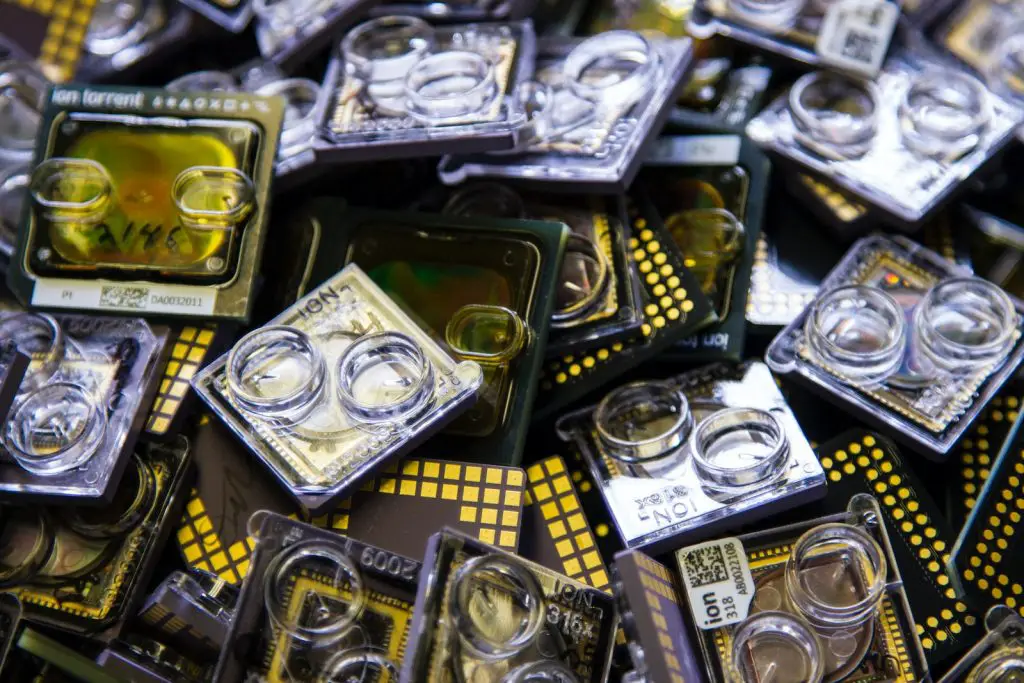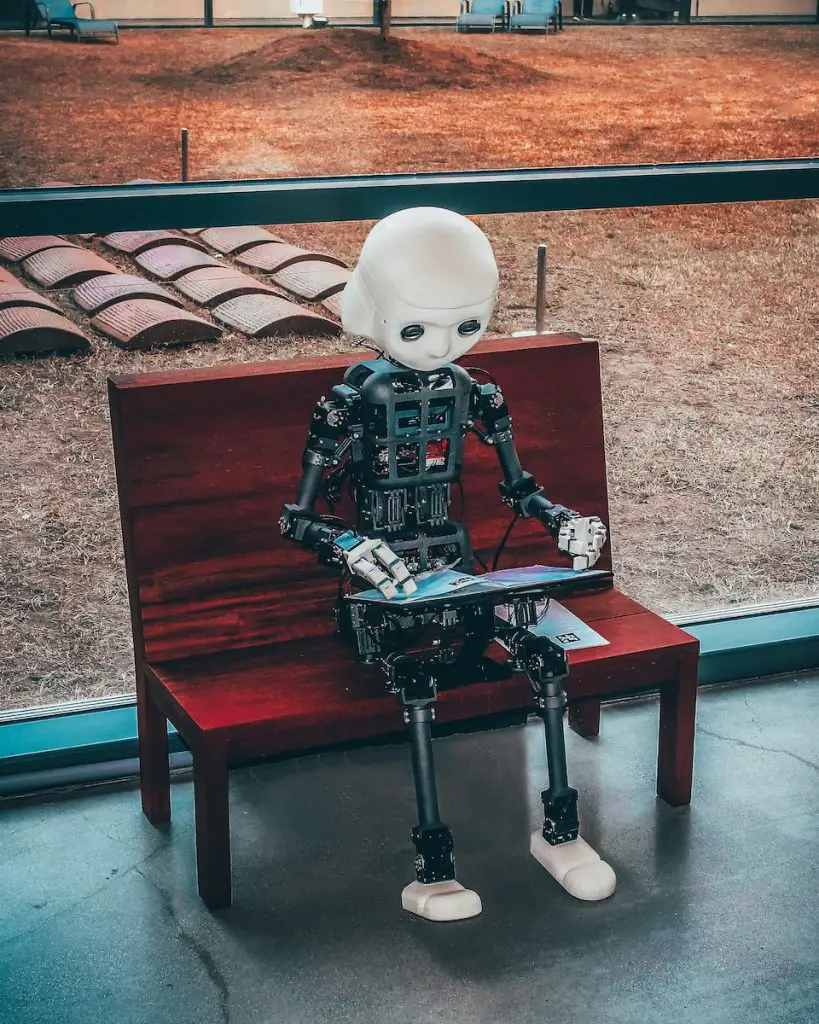The COVID-19 pandemic has no doubt changed the way we live. From the way we interact and communicate with people to how we do business, we can’t deny that the pandemic has certainly affected our lives in one way or another. On a lighter note, the pandemic has given way to more advancements in digital transformation and technologies. These developments have particularly influenced many work cultures and changed the way companies do their businesses. Read on to know the biggest technology trends.
In fact, a McKinsey Global Survey of executives revealed that many companies were able to accelerate their adoption of digital technologies by several years and most of these technologies are expected to stay for a long time. In addition to this, other technology trends have seen faster growth during the pandemic. Some of these technology trends include digital payments, distance learning, robotics, and telehealth.
But now that the pandemic is seeing an end in many parts of the world, will technology still continues to progress in 2023? Certainly yes. As the world faces the beginning of the post-pandemic future, these technological advances are expected to continuously develop and integrate into many aspects of life. Keep reading as we talk about the 6 biggest technology trends in 2023.

Table of Contents
1. Artificial intelligence AI and Machine
Artificial Intelligence or simply AI has been in constant development over the years. Although AI is not a new topic in the tech world anymore, it still continues to be one of the tech trends of today. But what exactly is AI and why is it still receiving a lot of attention despite being around for many years?
The technical definition of AI is the capacity of a digital computer or computer-controlled robot to carry out tasks that are usually done by intelligent beings only. In simple words, AI is the ability of a computer to do tasks usually done by humans.
More interestingly, these tasks are not just mundane tasks. They require intelligence and discernment that are innate only to humans. This great potential of AI is arguably the reason why it continues to gain attention throughout the world.
Some of the popular AI products today are industrial robots, self-driving cars, automated financial investing, image and speech recognition, navigation apps, social media monitoring, and more. AI is also the technology behind smart assistants like Cortana, Siri, Google Assistant, and Alexa. In 2023, we can anticipate AI engagements to become larger, smarter, more available, and highly essential for day-to-day living.
6 Biggest technology trends in 2023
Some intelligence AI and machine learning trends to watch for in 2023 are:
- Conversational AI
This branch of AI aims to fill the gaps in communication between computers and humans. It enables a natural language processing (NLP) feature that makes the computer understand the user better and more effectively.
- AI-based cybersecurity
An AI-based cybersecurity system aims to provide the latest technology to instantly prevent and recognize malware, deal with cyber threats, and execute automatic remediation responses.
- Machine vision
Machine vision enables computers to see and identify things in different media such as video and photographs.
- AI-enabled virtual reality world
Despite being a relatively new concept, the usage of AI for virtual reality, gaming, blockchain, and augmented reality is gaining more and more attention in 2023.
- Low-code or no-code AI
This AI trend enables almost anyone to build their own AI-based applications. It allows the creator to drag and drop application components and interfaces efficiently. This makes coding easier for creating web or mobile applications. In 2023, the worldwide AI software market is expected to reach $62 Billion according to an estimate released by Gartner, Inc.
2. Digital trust
Digital trust has always been a sensitive issue for many technology users over the years. However, this issue may have lesser prominence in 2023. Digital trust simply refers to the confidence users have in the capability of technology and people to carry out safe, reliable, and secure transactions. Establishing digital trust between users and different businesses can help in better and faster connections in the digital world. Some of the tech trends that are perceived to promote digital trust are blockchain technology and non-fungible tokens (NFTs).
Blockchain technology is often associated with cryptocurrency but this technology offers more than that. This form of technology provides a platform for business relationships that offers low cost, reliable security, and convenience. Additionally, it doesn’t allow alterations of previous data making them highly secured. Blockchains are also known for being consensus-driven, meaning no one else can have control over your data except you.
NFTs stored on a blockchain ledger cannot be changed or replicated. They also require verification of ownership to prevent fraud. This gives users more confidence in acquiring NFTs and other digital assets. With the power of digital trust, we can see further advances in these technology trends in 2023. We can also expect that more companies and individuals will integrate their digital assets with blockchain technology.
3. 3D Printing
In 2023, material innovation is expected to continue and move forward which will help the 3D printing industry to grow further and faster. 3D printing gives us an opportunity to transform existing materials to become more affordable, functional, and efficient. For instance, 3D printing is now being used for building 3D-printed houses, As this technology develops, the construction industry can build houses faster saving energy, time, and costs. Furthermore, 3D printing can help in reducing and recycling waste products like plastic.
With 3D printing, we can now build things that used to be just a part of our imagination. 3D printing allows us to make customized things, create composite and construction materials and even print food. 2023 is the year of 3D printing technological innovations that will benefit different industries like engineering, education, healthcare, manufacturing, and more.
4. Genomics
Genomics refers to the study of all person’s genes also referred to as the genome. In 2020, two scientists namely Emmanuelle Charpentier and Jennifer A. Doudna won the 2020 Nobel Prize in Chemistry for genome editing methods. They were able to discover the CRISPR/Cas9 genetic scissors that can alter the DNA of animals, plants, and other microorganisms. This scientific breakthrough led to more possibilities in science and technology.

In 2023, we can look forward to more integration of Genomics, gene editing, and synthetic biology for reinventing crops, treating diseases, and developing new vaccines like the COVID-19 vaccine. It is also expected to contribute largely to various biological and medical breakthroughs this year.
5. Internet of things
The Internet of Things IoT) is a system of devices that are connected to the Internet. The devices can collect and transfer data through the internet or wireless network without the need for human effort. Some devices that can be connected to IoT are thermostats, lights, cars, and other devices that can be controlled through a wireless network like the internet, Bluetooth, satellite, and RFID.
Although IoT has been a part of life since 2012, it is still one of the fast-emerging technology trends. At present IoT allows us to experience more convenience with our machines. For instance, IoT enables us to control or disable appliances through our phones by using the internet.
In 2023, we will see more advanced products developed with IoT technology like extended reality headsets, smartwatches, earbuds, and many more. Businesses are also anticipated to benefit from IoT. This technology can help with safer and more efficient processes as it can collect and analyze data more effectively. According to Juniper Research, the number of IoT-connected devices in 2023 is likely to hit a record of more than 50 billion worldwide.

6. Computing power
Computing power is the ability of a computer to carry out tasks with fast speed and high accuracy. All the commands you input into a computer are interpreted into math problems. The processor is responsible for handling these math problems. Essentially, faster processors have higher computing power compared to slower ones.
In 2023, the computing power of computers is expected to advance even further leading to the development of different complex technology models like solar cells, wind turbines, batteries, and more. We can expect that these developments can create more renewable energy sources and contribute to a more sustainable planet.
Cloud computing is also a popular tech computing trend in 2023. Cloud computing is a type of computing service from apps to storage and processing power that is commonly done over the internet. Some major services that use cloud computing are Microsoft Azure, Amazon Web Services (AWS), and Google Cloud Platform. Although cloud computing is a great solution for data storage and organization, it can cause latency or delay in delivering the data to the data center for processing. The perceived solution to this drawback is Edge computing technology,

Edge computing technology is a type of computing done on-site or close to a particular data source. This minimizes or eliminates the need to process data in a centralized data center. It can be used to process data in remote locations that have limited to zero connectivity. Edge computing will serve as a data center. The usage of edge computing can also contribute to the wider usage of IoT devices. The global Edge computing market is expected to reach $7 Billion in 2023 and grow up to $17.8 Billion in 2026 according to a report by Global Industry Analysts, Inc.










[…] is more into productivity, then you can never go wrong with the Logitech Brio or Kindle Paperwhite. Regardless, whatever product you choose, we have provided links to all items on the list, so you can check […]
[…] stuff, AI being the very least of those inventions. And, while not everything on this list has an enticing price tag, it’s undeniable that the prices of these items are not much for you to think of, if you […]
[…] I you want to learn more about the best tech gadgets 2022, new tech gadgets, and latest gadgets in market click here. […]